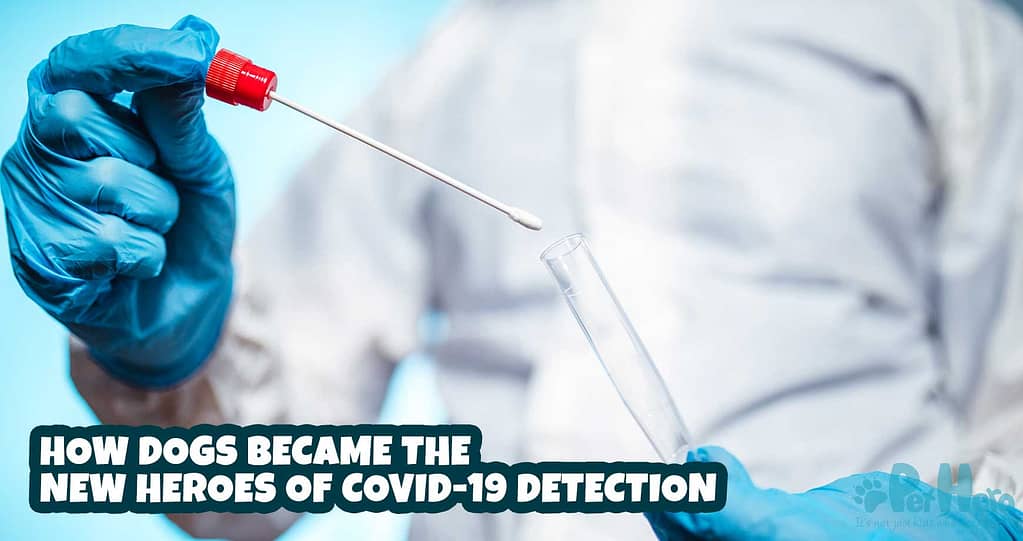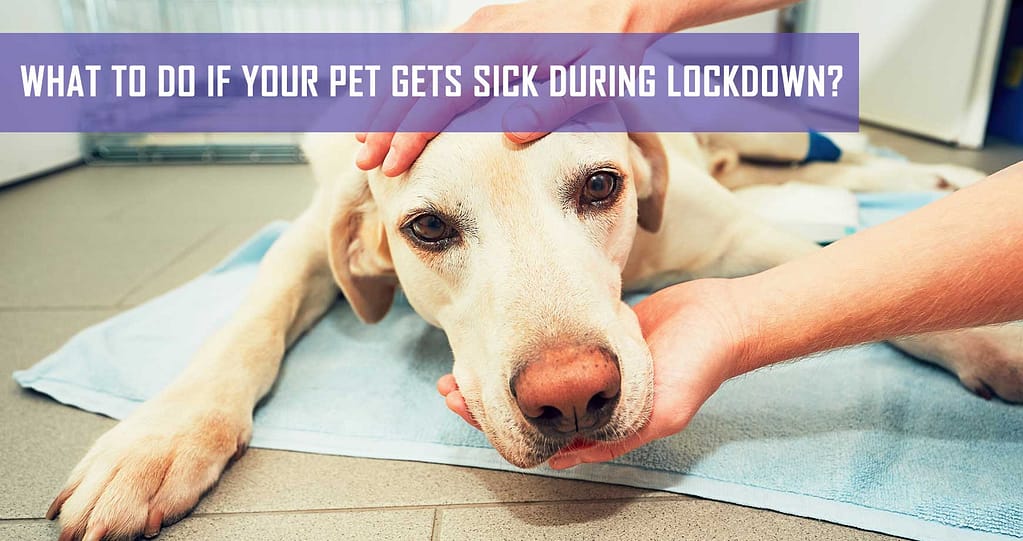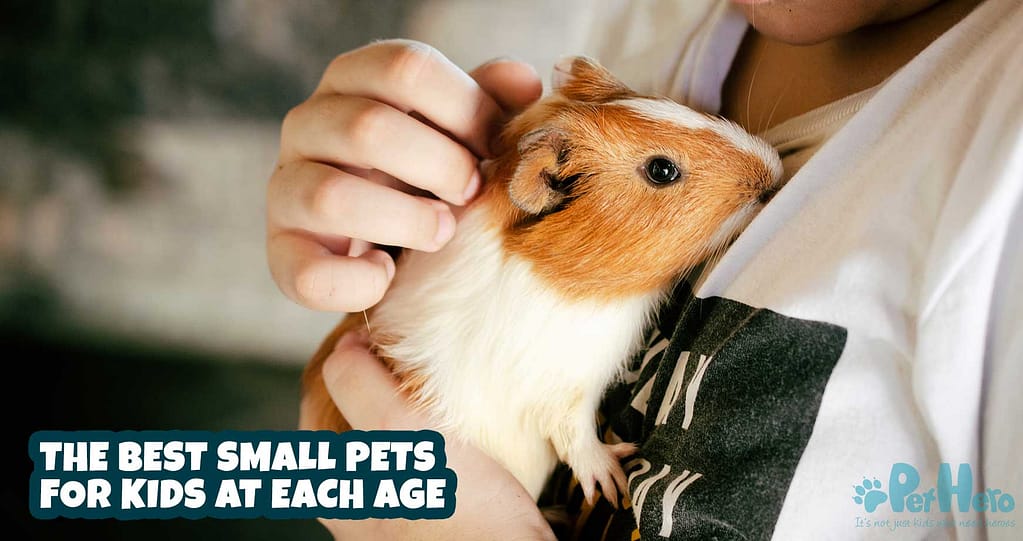(24 May 2021) As if our canine friends couldn’t become any more awesome, a new study has shown that bio-detection dogs have the ability to identify SARS-CoV-2 in a COVID-19-positive person. How? By the unique odour the person’s body emits when they are infected. The dogs’ 94% accuracy rate and the speed of detection (under 1 second) mean that these medical sniffer dogs are much faster than the PCR and lateral flow tests.
Who’s doing the doggy detection?
In the UK, Medical Detection Dogs along with the London School of Hygiene & Tropical Medicine and Durham University set to work in 2020 to begin the training and trials to see if dogs could accurately and quickly determine if someone was positive for SARS-CoV-2. It is well known that dogs can detect diseases like cancer, diabetes, malaria and even Parkinson’s, so why not COVID-19? Each of these diseases has a unique ‘scent signature’ due to the changes in the body odour of the infected person. In medical detection, dogs are trained to recognise the specific body odour and then indicate to their handler if they detect the scent on a person or not.
How were the dogs trained to detect COVID-19?
There were six dogs used in the Medical Detection Dogs’ trials for this programme – Lexie, Tala, Marlow, Asher, Millie and Kip (two of which are rescues who had bad starts in life). Over the course of eight weeks, they were trained to detect the SARS-CoV-2 on masks and items of clothing like socks and T-shirts that had been worn by COVID-19 patients. After their training, the dogs were put to the test in a double-blind trial in which the dog trainers and trial technicians had no knowledge of which were positive or negative samples. This was to prevent them from giving even the slightest cues to the dogs during the trial. The dogs achieved a positive detection rate of 94%, which has huge implications for putting the dogs to work as screening agents for COVID-19 in public places.
Why use dogs to detect COVID-19?
The idea behind using bio-detection dogs to screen for COVID-19 is that it’s a fast and accurate way to screen large numbers of people. Medical Detection Dogs says the dogs could be deployed at airports and other places where large groups of people are gathered like concerts, workplaces, theatres and sporting events. Sniffer dogs are already a common sight at airports, but for entirely different reasons, so it wouldn’t be unfamiliar to see bio-detection dogs there too. Since the dogs are able to detect SARS-CoV-2 in under a second, it would take two dogs only half an hour to screen 300 people disembarking a plane. So? This means that the dogs provide a fast, accurate and non-invasive way to screen for COVID-19-positive people, especially those without symptoms. The idea is not that the dogs would replace PCR testing, but that they are an accurate screening mechanism to precede testing. Only those people sniffed out as positive would then be tested for the disease using PCR tests, which would save an incredible amount of time and money.
But is it safe for the dogs and their trainers?
The dogs trained by the Medical Detection Dogs organisation are treated like royalty. They live with their training staff or volunteer humans and there are strict protocols in place to ensure they remain healthy. Furthermore, the dogs do not have any contact with people infected with COVID-19, but even if they did, it’s been scientifically proven that dogs are not susceptible to the disease. Since the dogs are trained to sniff out the body odour of someone with COVID-19, they work with samples of clothing, not with the live virus, so any risk of infection to the dogs and their trainers is extremely low.
Do the dogs want to do this kind of work?
The dogs trained to screen for COVID-19 are gundog breeds, which have curiosity, scenting and retrieval built into their very DNA. Their olfactory senses are up to 100 000 times more powerful than that of humans’, so during training and trials, they not only put those senses to work, but they are rewarded for it too. It’s physical and mental stimulation at its best!
These successful trials need to be peer reviewed, but the Medical Detection Dogs organisation is hopeful for the future of COVID-19 bio-detection and training more dogs to do this important work.







